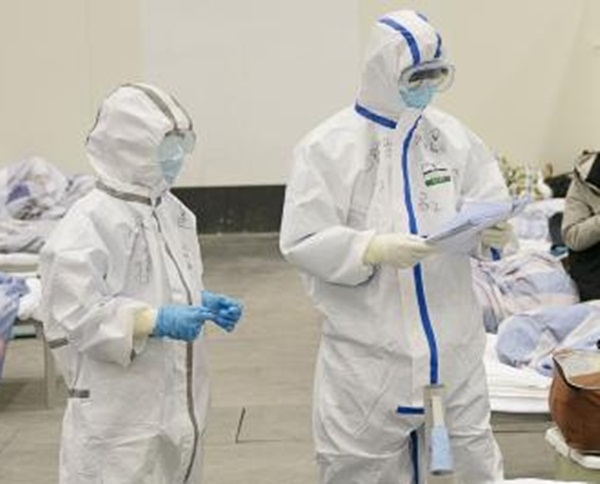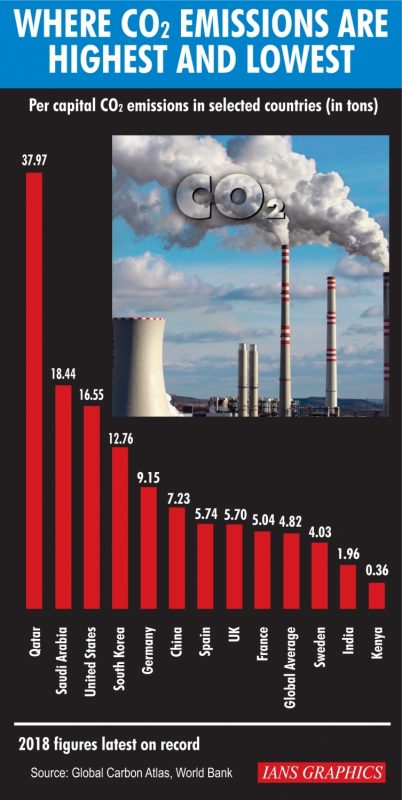Researchers have found that elderly patients who are hospitalised with pneumonia are twice as likely to die as those hospitalised with hip fractures.

Pneumonia is a common lung infection that can be life-threatening, especially in elderly people. Despite these concerns, elderly people mostly fail to accurately gauge their own pneumonia risk, leading to inadequate prevention efforts, especially low uptake of existing vaccines.
The mismatch between the high risk of disease and death from pneumonia and low awareness of its potential severity represents a driver of unhealthy ageing.
On the contrary, breaking a hip is widely recognised as a major concern for the elderly. To change this trivialisation of pneumonia in the elderly and help increase vaccination uptake, the researchers at the University of Tours in France, compared the two-year outcome for elderly patients aged 80 years and over after hospitalisation for acute respiratory infection (ARI).
For the findings, a 2009-15 population-based cohort study was performed in one French region (Centre-Val de Loire, 2.5 million inhabitants), which is served by one university hospital, one regional hospital and 37 general and private hospitals, using medico-administrative data collected from the French national hospital discharge database.
All patients are assigned a unique identification number, allowing the same individual to be followed over time.
The researchers defined cases of patients aged 80 years or over hospitalised for ARI or hip fracture (HF) using standard diagnostic criteria.
The main outcome was the two-year mortality of the two patient groups. Statistical modelling was used to calculate the overall survival and the relative mortality risks of ARI versus HF.
A total of 16,917 patients aged 80 years and over hospitalised for ARI (12,159) or HF (4,758) were included.
The data showed that patients hospitalised for ARI had more comorbidities and a 3.3-fold greater unadjusted in-hospital mortality (17.9 per cent mortality for respiratory infection and 5.4 per cent for hip fracture).
After adjusting for comorbid conditions and frailty score (as well as age and sex), the overall risk of death at two years for elderly patients hospitalised for ARI was 80 per cent higher than those hospitalised with HF.
“We hope that placing the consequences of pneumonia in relation to the consequences of a hip fracture may provide a useful perspective for discussions of pneumonia and its prevention with ageing populations,” the authors concluded.
The current research is due to be presented at the European Congress of Clinical Microbiology and Infectious Diseases (ECCMID).









